Ask Questions
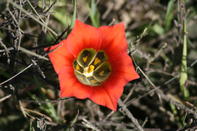
Don’t Go Out Too Early
The flowers respond to the sun and only open as the day gets warmer. They will also close as the sun starts going down. So, plan to do your viewing between 11:00 and 15:00 – depending on how brightly the sun is shining that day. And do note that many flowers will not open up at all if it is too rainy, too overcast or too windy.Face the Flowers and Follow the Sun
Place yourself between the sun and the flowers to see them at their best. In the mornings, for example, the flowers on the left-hand side of the road may be open and vice versa in the afternoon. When driving, try to keep the sun at your back.Look at Your Feet
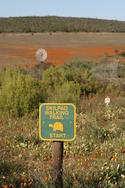
There are a vast number of flower species in Namaqualand, so don’t just look down on the masses from a distance.
Some of the rarer and smaller plants are much more interesting than the more common daisies that form the ‘carpets’.
So go down on your hands and knees and get up close.
Don’t Drive Too Fast
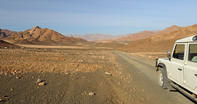
Many of the most interesting species are hard to spot, so slow down and smell the flowers.
It’s also important that you drive considerately as people will be pulling over constantly for photographs and walkabouts.
Remember that many of the flower roads are gravel and the dust kicked up by a speeding vehicle can make it unpleasant for plants and humans alike.
Do Some Homework
Get a flower spotting book, such as the relevant volume of the National Botanical Society’s Wildflower Guide series, and familiarise yourself with the plants you will be seeing. As one harried hotel manager told me, the local people are too busy to hold your hand. And don’t pick any flowers to show your mates at the bar.Have the Right Attitude, Be Conservation Minded
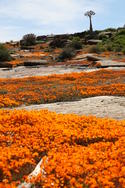
The flowers are disobedient and no-one can (or should) offer you any guarantees. So, do not arrive with a sense of entitlement or arrogance in this regard.
And don’t blame your service provider if the display is less impressive than you had hoped. The plants are very delicate so be very careful where you step and always keep to demarcated roads.
Keep it Local and Bundle Up
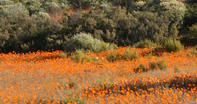
Since there is a paucity of guest houses and hotels, many residents open their homes and farms to overnight guests during the peak season.
Ask at one of the tourist information centres for a list of private accommodation options. Take warm clothes as temperatures can drop below zero at night. If you’re camping, an extra sleeping bag is a good idea.
Get a Private Flower Guide
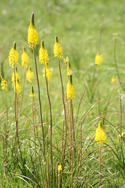
Some towns in Namaqualand have specialised guides who are available to usher you around the various sites.
This will greatly add to your appreciation of the ‘daisies’. Several organisations are also working to train local community members as guides – an initiative that is well worth supporting.
Ask at the local tourist office for details.
By David Fleminger